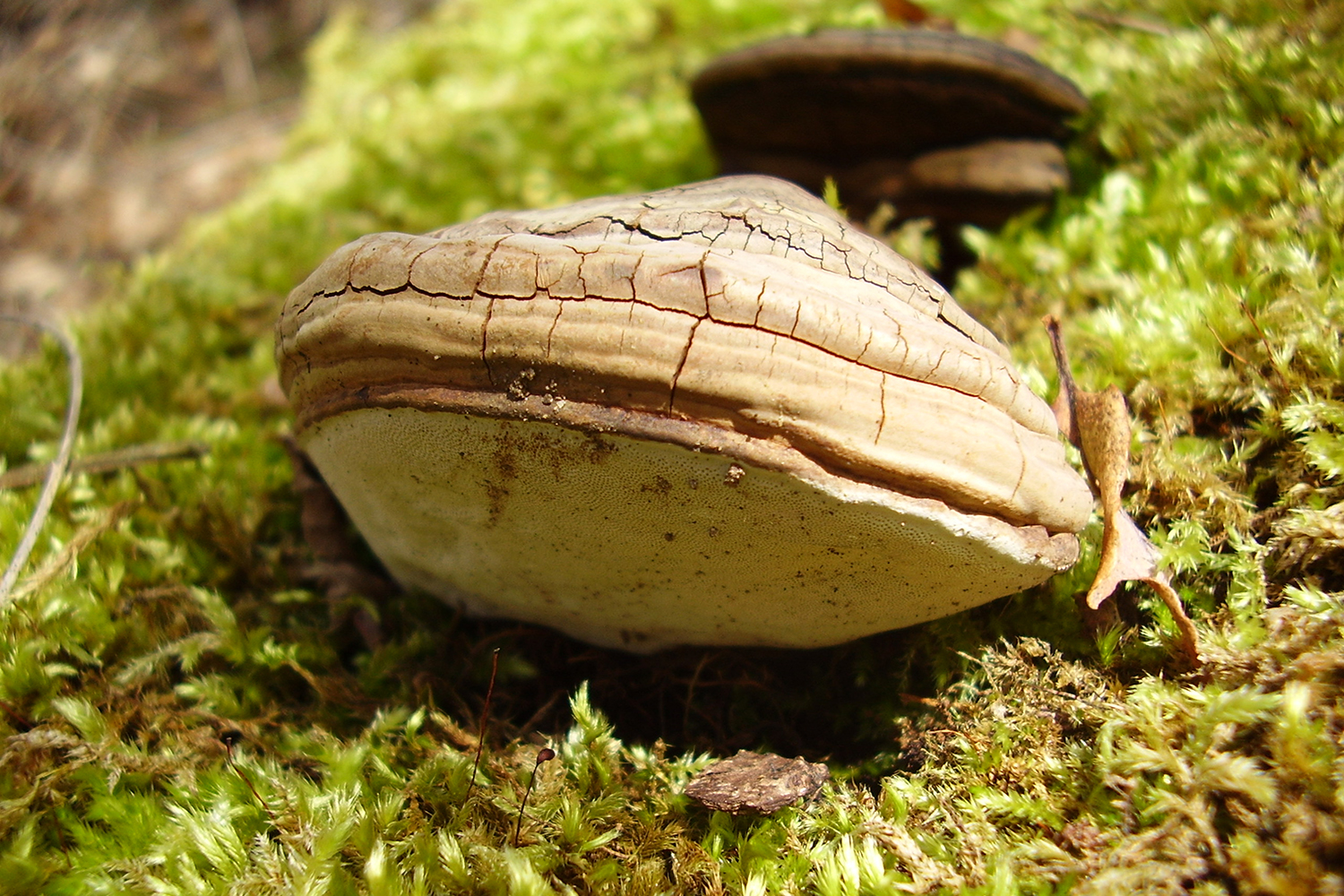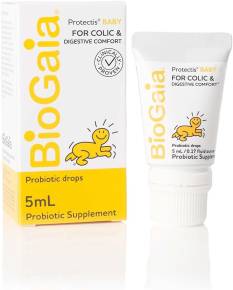In traditional herbal medicine there is a longstanding technique of determining what an herb might be good for called the Doctrine of Signatures. It was thought that by examining where and how an herb grows, its color, shape, etc., one could determine some of its possible medicinal applications.
So what does this have to do with a mushroom?
Interestingly enough, there is a mushroom that grows as a knot on trees on an island called Women’s Island off the coast of Japan. This mushroom, Phellinus linteus, is commonly called meshimakobu in Japan, meaning “knot on Women’s Island.” Its name has been shortened to meshima in the West. What ties this medicinal mushroom to the ancient doctrine is that several studies have demonstrated significant promise for its use in supporting healthy breast tissue.
From Tradition to Current Research
This hoof-shaped “woody” mushroom looks a bit like an elephant’s foot and has a preference for mulberry trees. Called Sang Hwang in Korea, it has been used for centuries in traditional medicine as an overall health aid and, to this day, is used to improve blood circulation, allergies, diabetes, and pain from inflammation. It also enhances detoxification.
In research over the last 50 years, the focus has been on its promising immune health-related activities, particularly with cancer.
From the earliest research performed in the 1960s to today, meshima has ranked at or near the top of immune-activating and tumor-inhibiting medicinal mushrooms in comparative studies. In one study performed by the “godfather of modern medicinal mushroom research,” Takashi Mizuno, 27 mushrooms were compared for their ability to suppress tumor growth. Meshima came out on top with a 96.7% inhibition rate.
Immune benefits include activating several types of immune cells, including T, B, NK, dendritic, and macrophage. A novel polysaccharide from meshima was found to stimulate the tumoricidal activities of macrophage and NK cells.
The immune actions are thought to be primarily due to its polysaccharides, which are concentrated in a hot water extraction. These compounds have been shown to increase the numbers of T lymphocytes and activated B cells while increasing macrophage activity. And while research has shown that meshima stimulates Th1 immunity, it also has demonstrated anti-inflammatory actions suggesting that it may work as an immune modulator.
Promising Adjunct Remedy
While breast cancer mortality rates have been declining over the last few decades, it is still the leading cause of death in middle-aged women.
What makes meshima such a promising ally is the range of actions that it has exhibited in the research; including immune activation, induction of apoptosis, and inhibiting the metastatic behavior of breast cancer. It is this invasive behavior that is largely responsible for breast cancer’s high mortality.
According to the latest research, meshima inhibits the invasive behavior by means of several mechanisms; inhibiting proliferation, colony formation, cell adhesion, cell migration, and cell invasion.
Another tactic that meshima uses to support the body’s efforts in fighting cancer, especially breast cancer, is by inhibiting the early steps in cancer creating a “food supply” for itself—a process called angiogenesis, where new blood vessels are formed to supply the cancer. Tumor growth and spread are dependent upon this formation of new blood vessels to survive and thrive.
Plays Well with Others
Meshima offers a number of supportive and synergistic actions in the battle against cancer as well, including: enhancing liver detoxification while protecting the liver, increasing glutathione (the body’s most powerful endogenous antioxidant) levels, helping to balance blood sugar levels, and possibly offering synergistic support to conventional therapies.
One study with a melanoma strain of cells found a synergistic antitumor action with Adriamycin while another study utilizing prostate cancer cells found a synergistic apoptosis-inducing activity with the drug doxorubicin.
In a lab study looking at breast cancer and the use of chemotherapy with meshima, the researchers suggested it might be possible to use a lower dose of chemo and still yield the same results as a higher dose of chemo alone.
A Remedy Whose Time Has Come
While the vast majority of the research with the meshima mushroom has been performed in the lab, the work that has been done suggests much promise. Meshima research has demonstrated potential for the big five of suppressing cancer and its spread:
- Immune supporting
- Growth inhibiting
- Reducing invasive behavior
- Inhibiting angiogenesis
- Supporting conventional therapies while reducing side effects.
While the research continues, there is a good case to be made for the use of a meshima mushroom extract to support us our healing path.





